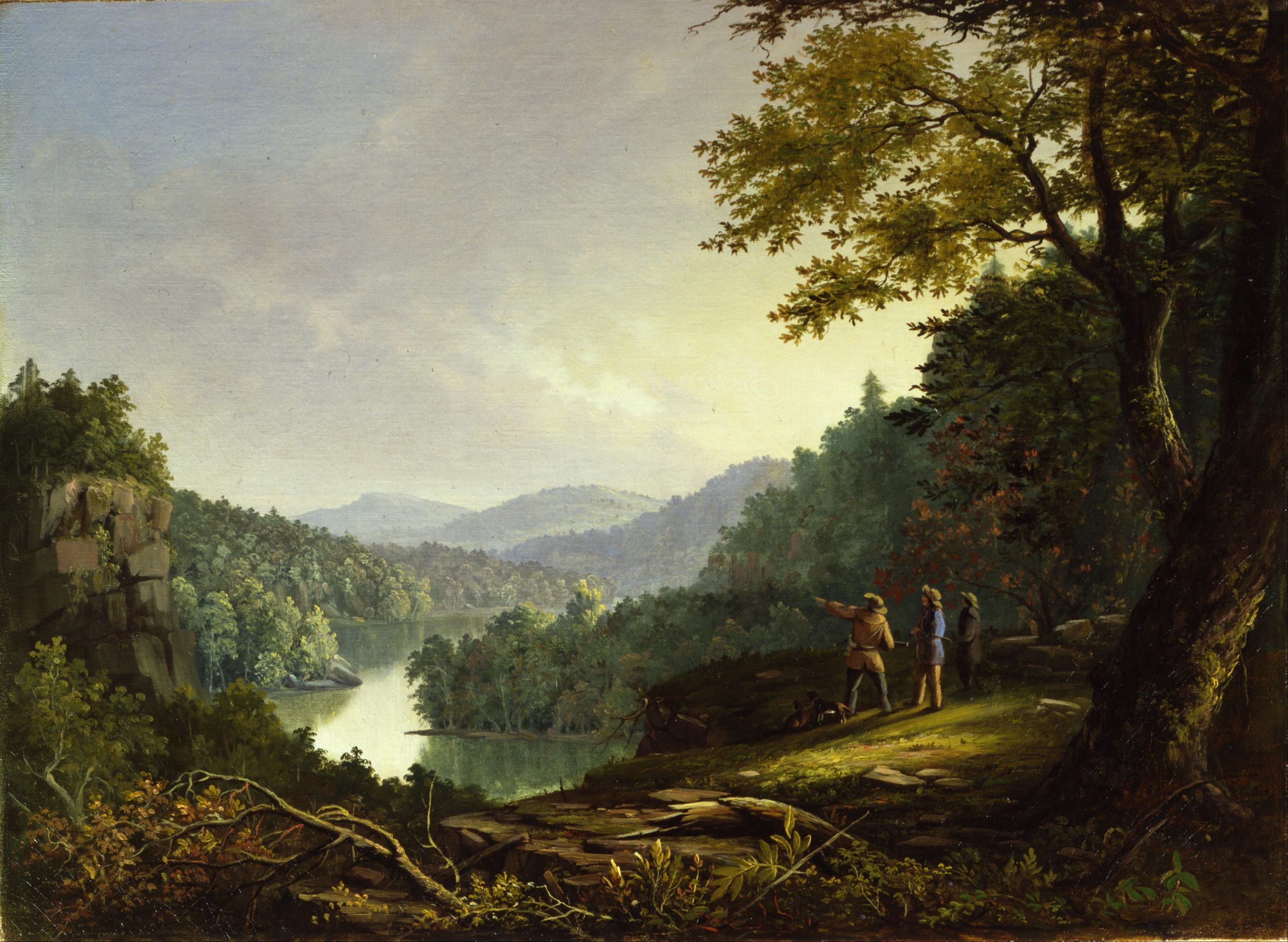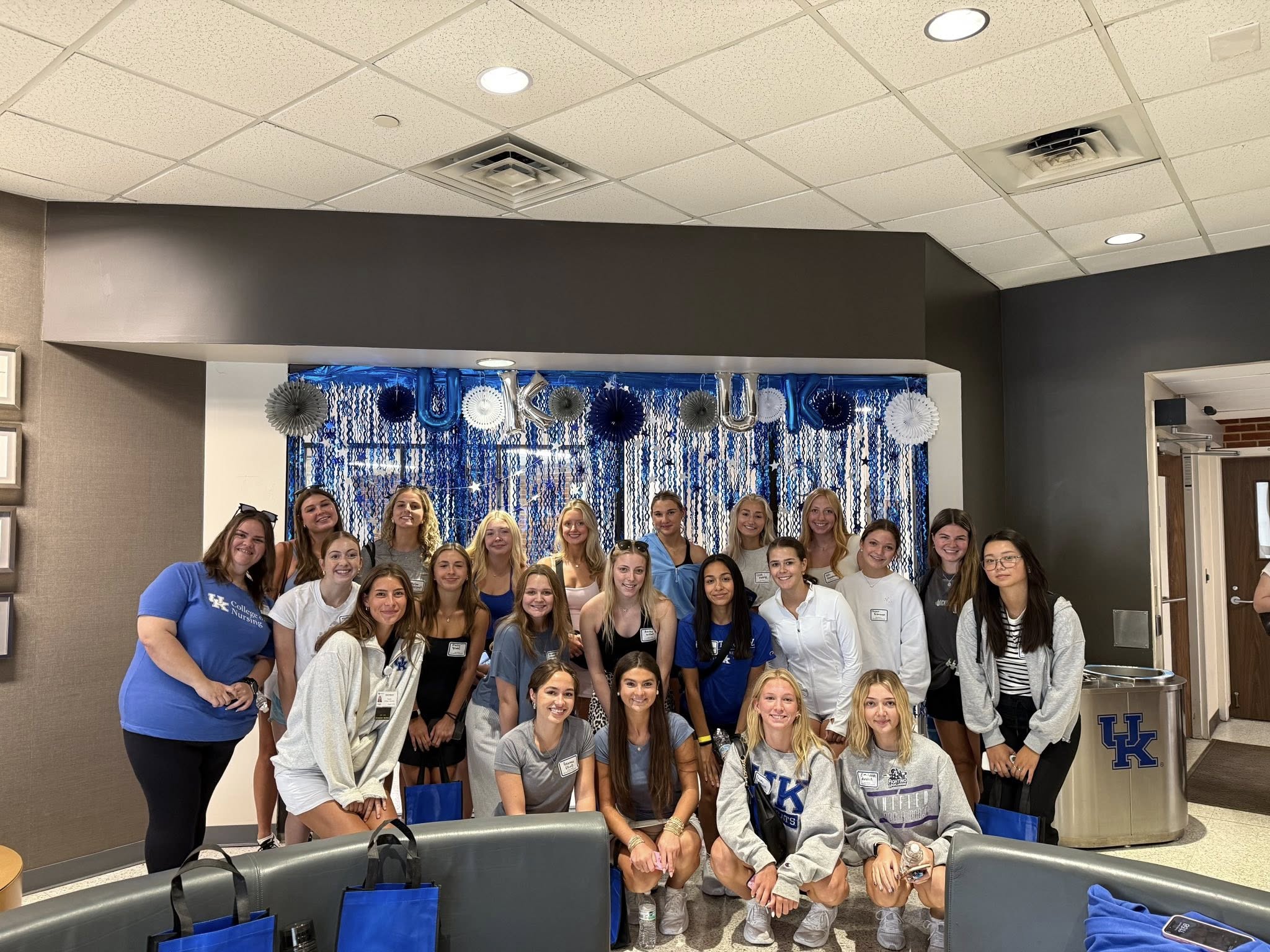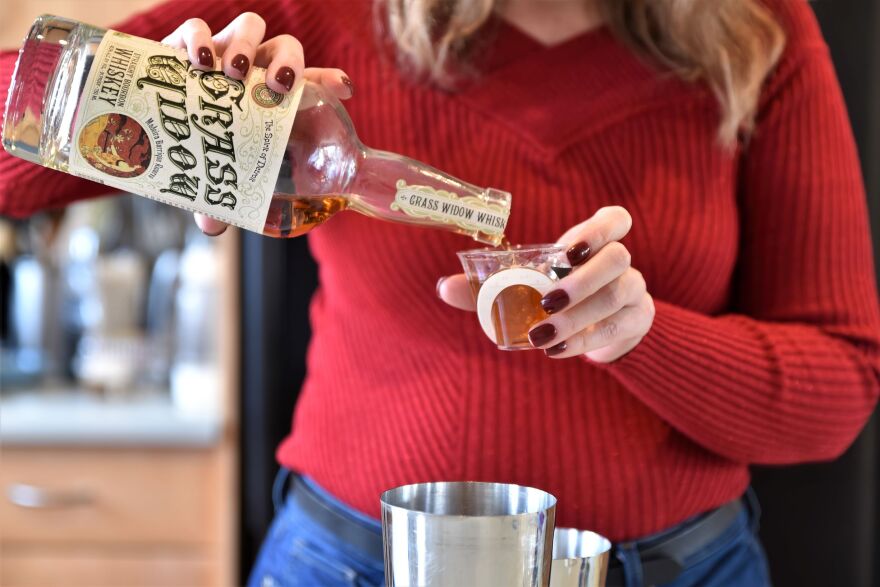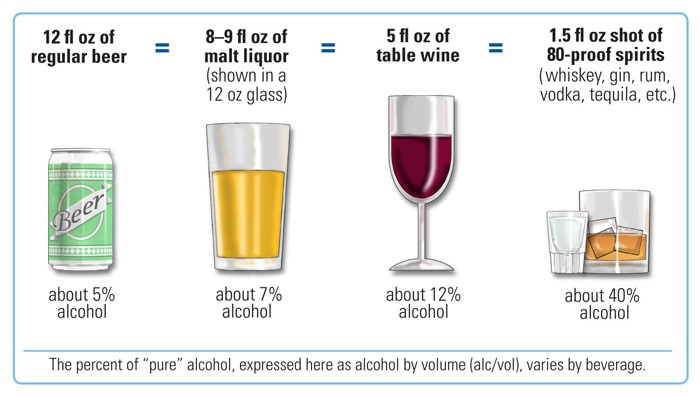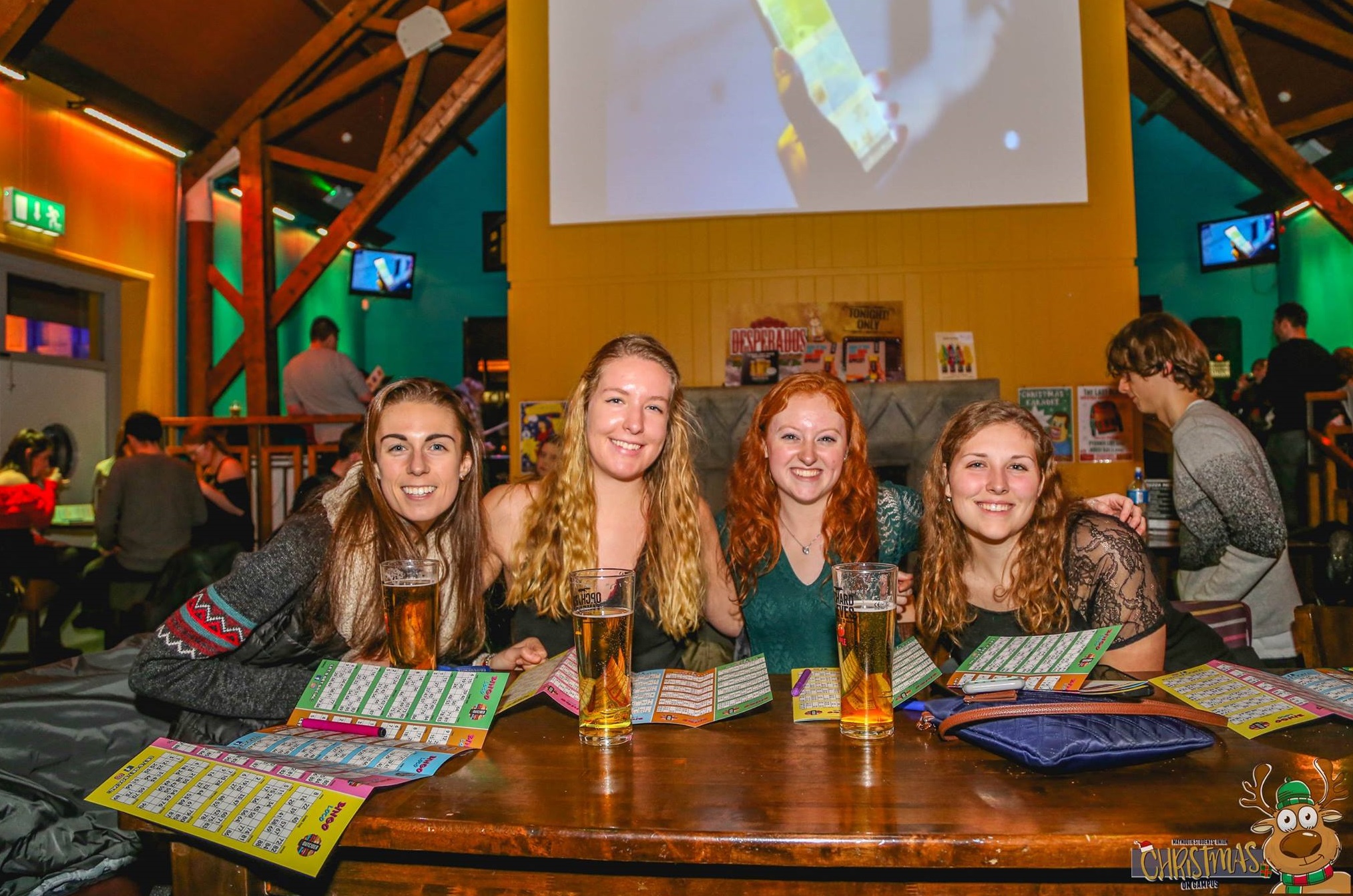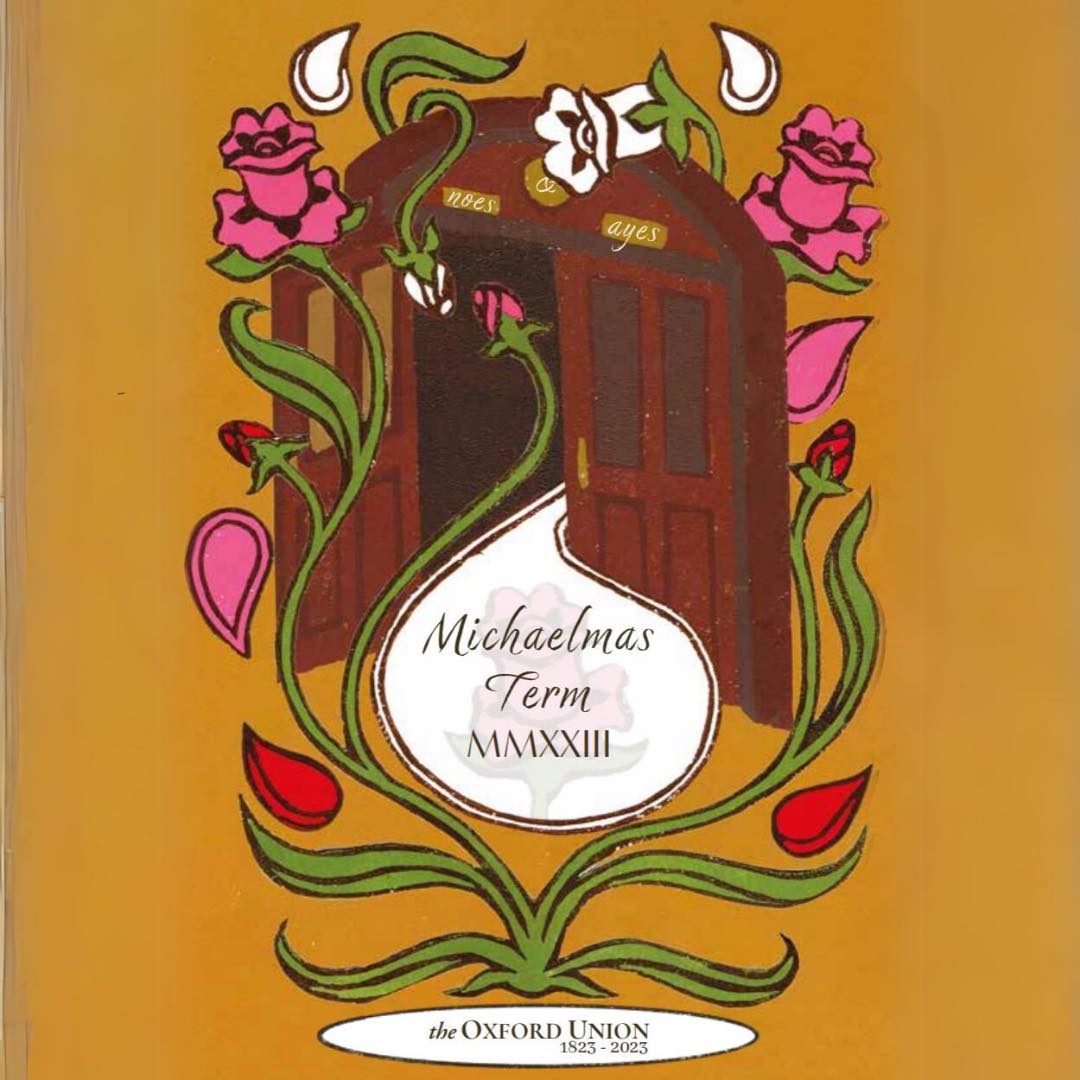“In the Barber Shop” by Ilya Bolotowsky (1934)
Painted for the Public Works of Art Project during the Great Depression
~3700 artists, ~15,000 paintingshttps://t.co/4DfkXSBB84https://t.co/Z1aqoY1zhW pic.twitter.com/qNDCEThOlD— Standards Michigan (@StandardsMich) March 15, 2025
Tag Archives: Saturday
- Home
- Posts tagged "Saturday"

8990 Grand River Ave, Detroit
Laundry Hacks
New York University Facilities Management
Washing in the Outer Hebrides 🎶 pic.twitter.com/3WbpVpviyg
— Fraser. (@frasercontra) August 10, 2023
Farmer’s Dinner Theatre
This project was created a few years ago in Kentucky to bring awareness to farm safety through a dinner theatre is continuing to gain momentum in rural communities. The focus now is more on farm mental health and wellness.
Our Knott County Extension Office recently worked with UK student-athletes who conducted the Cats Holiday Toy Drive, spreading holiday cheer to children in Eastern KY 🎁
Read more >> https://t.co/NvscaMbIQZ pic.twitter.com/4fOtsRaLGl
— UK Extension (@UKExtension) December 22, 2022
This program has been adopted or implemented by extension services and related organizations in several other states. This initiative uses short plays performed during a community dinner to educate farmers and their families on health, safety, mental health, and farm-related issues in an engaging, non-traditional way:
- Nebraska — Cooperative Extension services have hosted events as part of the program’s expansion.
- North Carolina — The program is active through local extension efforts.
- Tennessee — Events have been held, often in collaboration with extension agents.
- Virginia — Particularly notable in the Shenandoah Valley, where Virginia Cooperative Extension offices (e.g., in Rockingham County) partnered with local groups like Valley Urgent Care and Future Farmers of America (FFA) chapters to organize Farm Safety Dinner Theaters, adapting the UK model for community-based participatory approaches.
The program is designed to be replicable nationwide. The University of Kentucky provides an online Farmers Dinner Theater Toolkit for any cooperative extension service, community group, or organization to stage their own events, customizing scripts to local needs. This has enabled wider adoption beyond the original sites. These efforts focus on helping farmers by addressing critical topics like injury prevention, hearing loss, skin cancer, stress, and suicide awareness in a social, farmer-friendly setting that encourages discussion and behavior change.
Eggnog
December is National Eggnog Month
Historians’ best guess as to the origin of eggnog dates back to the English Middle Ages, where a warm, milky ale called ‘posset’, was consumed. Posset was often consumed with eggs and figs; eggs, figs, dairy, and sherry were products that only the wealthy could afford to enjoy at the time. Eggnog was thought to have arrived in the U.S. prior to the revolutionary war. Whereas most of the eggnog consumed in Britain was by the upper class (with sherry), as eggnog advanced throughout the U.S. like a milky river of frothy delight, it was generally consumed with rum or bourbon.
Because the agricultural-based colonies were flush with chickens and cows, the consumption of eggnog was not limited to crusty upper class Brits, but rather a drink that most people throughout the American colonies could enjoy. In fact, food historian, Emelyn Rude (2015), author of “How Eggnog (Almost) Changed the World”, explains that consumption of eggnog was a popular holiday pastime of many, even including West Point cadets, such as Edgar Allen Poe and Jefferson Davis.
What Is A Standard Drink?
“It’s a fine line between Saturday night
and Sunday morning” – Jimmy Buffett
“Rather a bottle in front of me
than a frontal lobotomy” — Some guy
Many people are surprised to learn what counts as a “drink”. The amount of liquid in your glass, can, or bottle does not necessarily match up to how much alcohol is actually in your drink. Even before the United States federal government withdrew from regulating alcohol, the conversation, and degree of agreement and attitude, remains remarkably regionally specific:
Missouri University of Science & Technology: What is a Standard Drink?
University of South Alabama: What is a Standard Drink?
Stanford University Office of Alcohol Policy and Education
Other nations serve alcohol to students on campus in university owned facilities.
I didn’t know that🤔 pic.twitter.com/rMT3X2fCN0
— Alix (@AlixG_2) August 17, 2024
For anyone who cares.. I have 2866 DAYS of sobriety ❤️ pic.twitter.com/PBKAle2m4c
— 🎀 Sᴀʀᴀʜ 🎨 Aʀᴛɪsᴛ 🎀 (@SarahXArt) December 30, 2025
— Dr. Maya C. Popa (@MayaCPopa) May 26, 2023
Casual reminder that Wisconsin has more bars than grocery stores pic.twitter.com/dG8YYRkoKd
— Midwest vs. Everybody (@midwestern_ope) March 30, 2025
not sure if anyone cares on here, but I’ve been sober 1 year today❤️🩹 pic.twitter.com/q33BaYPXPx
— Sophia Chloe 🇱🇷🇬🇧 (@_Hani_945) December 27, 2025
Bonfire
“The prettiest sight I know,
Worth all your roses and snow,
Is the blaze of light on a Saturday night”
– E. Nesbit, ‘Saturday Song’
“Under Construction” State of the University Letter 2025
The Princeton Bonfire (a cherished campus tradition celebrating a sweep of football victories over Big Three rivals Harvard and Yale) has not yet occurred in 2025, as it depends on the outcomes of those games. The relevant schedule is:
- vs. Harvard: October 25, 2025 (home game at Princeton Stadium)
- vs. Yale: November 15, 2025 (home game at Princeton Stadium)
If Princeton wins both (securing the “Big Three” title), the bonfire is traditionally lit on the Sunday evening immediately following the Yale game—that is, November 16, 2025, around 7 p.m. on Cannon Green. It would feature student-built stacks of wood, speeches, the Princeton University Band, and communal festivities.
Wood-Fired Pizza
Dickinson College Financial Statement 2022: $873.4M
“Every week, patrons of Farmers on the Square can count on locating the Dickinson College Farm’s wood-fired pizza oven right at the heart of the square. Our handmade and fresh-baked pizzas reflect the seasonal fluctuations on our farm in addition to quality ingredients grown within the Cumberland Valley. In addition to wood-fired pizzas, our stand features seasonal organic vegetables, fresh salad dressings, refreshing popsicles and “our farm in a jar” through canned soups, pickled favorites, salsa, hot sauce and more!”
Craving the College Farm’s wood-fired pizza and made-from-scratch soup? So are we! Now you can indulge in these mouthwatering treats without stepping foot off campus. https://t.co/7pxypmxb10 pic.twitter.com/UYgxpDnms6
— Dickinson College (@DickinsonCol) September 14, 2024
Craving the College Farm’s wood-fired pizza and made-from-scratch soup? So are we! Now you can indulge in these mouthwatering treats without stepping foot off campus. https://t.co/7pxypmxb10 pic.twitter.com/UYgxpDnms6
— Dickinson College (@DickinsonCol) September 14, 2024
A melange of wine research
United States Food & Drug Administration | Distilled Spirits
— Dr. Maya C. Popa (@MayaCPopa) May 26, 2023
https://www.facebook.com/groups/1089237785165822/permalink/1515826392506957/
Wine consumption in the US is higher on the coasts. Source: https://t.co/iXiIdQ6kAW pic.twitter.com/eTw3KjaTxn
— Simon Kuestenmacher (@simongerman600) January 9, 2025
Charlie Kirk (August 12, 2025): “Has U.S. President Donald Trump gone too far?”
The Oxford Union Society is the world’s most prestigious debating society, with an unparalleled reputation for bringing international guests and speakers to Oxford. Since 1823, the Union has been promoting debate and discussion not just in Oxford University, but across the globe.
My remarks at Oxford Union formal debate.
Has Trump gone too far?
The UK is lost, but it can find its way back if it follows America’s lead. pic.twitter.com/BjajLSRXOK
— Charlie Kirk (@charliekirk11) August 12, 2025
Vedika Rastogi | This House Believes Woke Culture Has Gone Too Far – 1/8 | Oxford Union
Alex Jackson | This House Believes Woke Culture Has Gone Too Far – 2/8 | Oxford Union
Toby Young | This House Believes Woke Culture Has Gone Too Far – 3/8 | Oxford Union
Yasmin Benoit | This House Believes Woke Culture Has Gone Too Far – 4/8 | Oxford Union
Tommy Nguyen | This House Believes Woke Culture Has Gone Too Far – 5/8 | Oxford Union
James Lindsay | This House Believes Woke Culture Has Gone Too Far – 6/8 | Oxford Union
Benjamin Butterworth | This House Believes Woke Culture Has Gone Too Far – 8/8 | Oxford Union
New update alert! The 2022 update to the Trademark Assignment Dataset is now available online. Find 1.29 million trademark assignments, involving 2.28 million unique trademark properties issued by the USPTO between March 1952 and January 2023: https://t.co/njrDAbSpwB pic.twitter.com/GkAXrHoQ9T
— USPTO (@uspto) July 13, 2023
Standards Michigan Group, LLC
2723 South State Street | Suite 150
Ann Arbor, MI 48104 USA
888-746-3670




